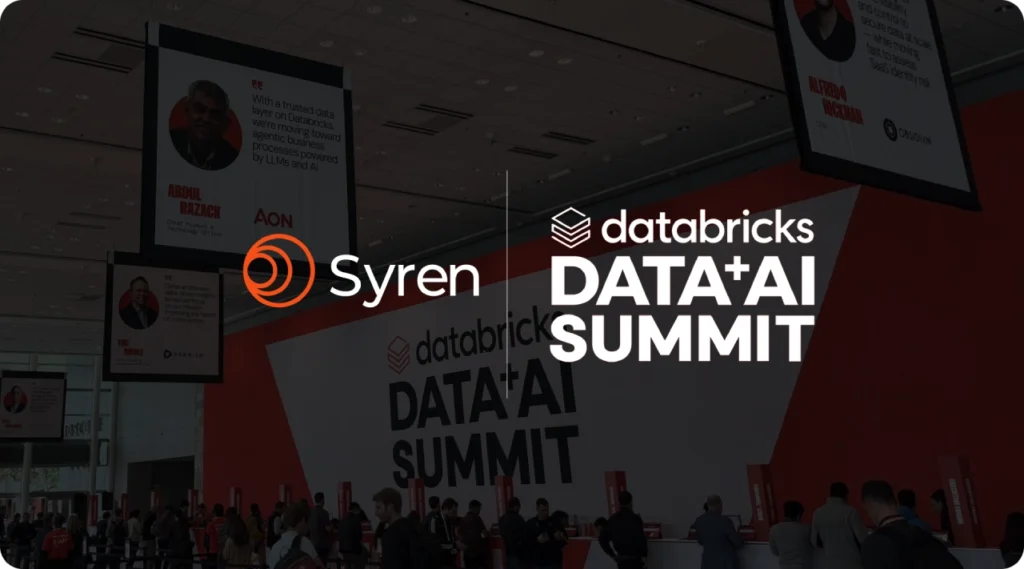
In recent years, artificial intelligence has grown from a futuristic concept into an everyday reality. But in 2025, a particular branch of AI, Agentic AI, is starting to take the lead. Unlike traditional AI tools that wait for instructions, agentic AI can think ahead, plan its approach, and act without constant human input.
Agentic AI acts independently, adapts in real time, and gets the work done based on context and objectives. Think of traditional AI as a smart search engine or assistant that waits for you to tell it what to do; whereas agentic AI is more like a proactive colleague. Give it a goal, and it figures out the steps, adjusts along the way, and often finishes before you even check in.
Why Everyone’s Talking About Agentic AI?
According to McKinsey, many enterprises have implemented use cases, like chatbots and enterprise-wide copilots; for instance, Microsoft 365 Copilot is used by approximately 70% of Fortune 500 companies.
But what’s the hype?
Traditional AI models need to be trained and have predefined constraints, as well as require constant human intervention, which often leads to unfinished projects stuck in the deployment phase. Agentic AI is autonomous, requires nearly no human intervention, and adapts quickly to changing conditions.
Agentic AI is built on generative AI (GenAI) models using LLMs (Large Language Models), which enables them to work in a dynamic environment. Agentic AI can generate content in addition to calling external tools for specific tasks. Therefore, the word Agentic implies end-to-end work done without any help required.
With this immense capability to automate complex workflows, Agentic AI is shaping the next revolution, and enterprises don’t want to be left behind.
The growth numbers paint a clear picture. Analysts estimate the global agentic AI market will cross $10 billion this year alone, with expectations that it could balloon to nearly $200 billion in less than a decade.
What are the features of Agentic AI?
- Autonomy: Instead of waiting for prompts, agentic AI can map out its plan and move forward without hand‑holding. For example, to do a market analysis, it can research, compile data, and present insights without multiple follow‑ups.
- Adaptability: It responds to new conditions as they happen. If a supply chain delay occurs, the AI can instantly recalculate delivery schedules and adjust partner communications accordingly.
- Collaboration: Multiple agentic AIs in a system can collaborate between them, each handling different parts of a process, like human teams in a project sprint.
- Integration with Tools: From CRMs to ERP systems and cloud APIs, they plug into the tools that a business already relies on, extending their reach far beyond text or chat interactions and eliminating the need to build workflows from scratch.
- Continuous Learning: Outcomes are never fixed; instead, agentic AI self-heals, learning from every outcome. Each run informs the next, for example, asset pricing forecasts become sharper month after month.
- Context Awareness: This is the AI’s ability to interpret its environment, user behavior, historical data, and ongoing tasks and then adapt its actions and responses, accordingly, avoiding tunnel vision by weighing instructions against priorities and making smarter trade-offs.
- Generative Capability: Like Gen AI tools, Agentic AI can generate content, like write a proposal, design presentation slides, or generate marketing copy; it can create original content as part of task execution.
How to Build an Agentic AI
- Define the Business Objective: Have a clear objective and clarity of outcome. For example, the goal is to reduce customer ticket resolution (objective) time by 50% within six months (outcome).
- Select a Strong Core Model: Base the system on an LLM (like GPT‑5 or Claude 4) that can handle reasoning, multi‑turn dialogue (multiple exchanges or turns between a user and an AI system), and content generation.
- Plan for Task Breakdown: Equip it with a planning engine that turns high‑level goals into a sequence of achievable steps. This is the difference between an idea staying conceptual and getting delivered.
- Enable Real‑Time Adjustments: Use feedback loops so the AI notices when progress is blocked, such as missing data, and finds alternative routes forward.
- Integrate with Business Tools: Connect it to relevant systems: sales platforms for prospecting, APIs for pulling live data, or workflow software for triggering other processes.
- Design Multi‑Agent Setups (if needed): In complex environments, incorporate different AI agents to specific roles (analysis, reporting, customer contact) that work in sync.
- Built-in Learning Mechanisms: With reinforcement learning and human feedback, the AI improves its decision‑making just like a human gaining experience.
- Prioritize Safety and Oversight: Include monitoring, audit logs, and ethical guardrails to prevent unintended outcomes.
- Iterate in the Real World: Start small, gather real‑world performance data, refine, and scale gradually. This phased approach is how leading companies are making agentic AI robust.
AI Agents vs. Agentic AI
AI Agents follow set programmed rules: sense, decide, and act based on inputs.
They may operate independently but usually within narrow, predefined boundaries. For example, a website chatbot that checks account balances when prompted but doesn’t act on overdue payments without direction.
Agentic AI operates as a strategic partner that can handle end‑to‑end goals. It can plan, adapt when situations change, and complete entire workflows without human micromanagement. Powered by generative AI, it combines autonomy with rich reasoning, allowing it to create, analyze, and act.
For example, in debt recovery, an agentic AI could identify overdue accounts, draft outreach messages, choose the best communication channel, and escalate only complex cases to users.
In short: Every agentic AI is technically an AI agent, but only those with deep autonomy, adaptability, and goal‑driven execution earn the “agentic” title.
Conclusion
Agentic AI can streamline workflow, be a proactive colleague, and boost enterprise-wide productivity. It can do tasks faster and independently that would otherwise require constant human follow-up.
That said, adopting agentic AI comes with important considerations. Because these systems rely on multiple agents working together, they can sometimes reinforce their own outputs and push tasks in the wrong direction, leading to unintended outcomes.
As technology matures, those who invest early in building robust, safe, and well‑aligned agentic AI systems will likely gain a significant competitive advantage. For most enterprises, the question is not whether to adopt agentic AI, but how fast and effectively it can integrate into the operations.
At Syren, we’re exploring how agentic AI can help enterprises move beyond stuck pilots and scale faster. Want to learn more?


